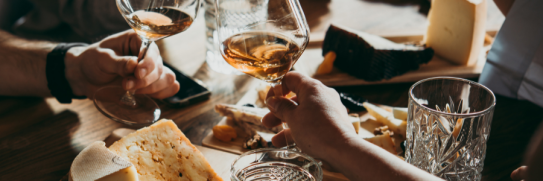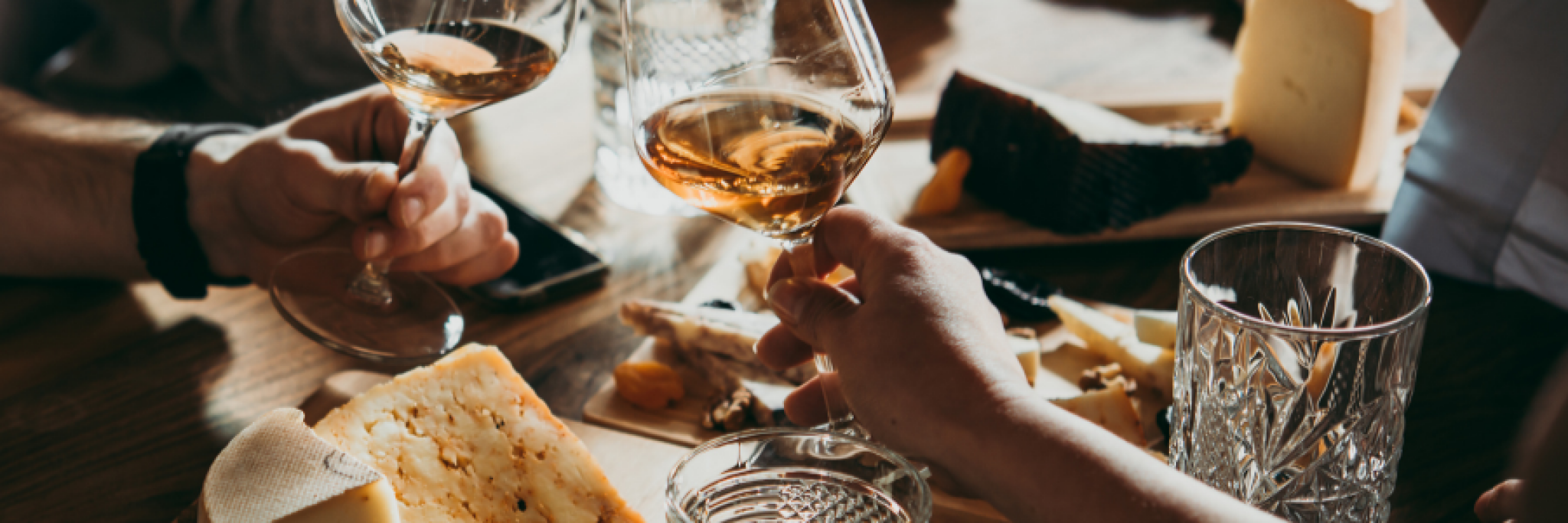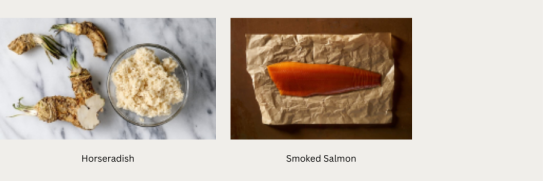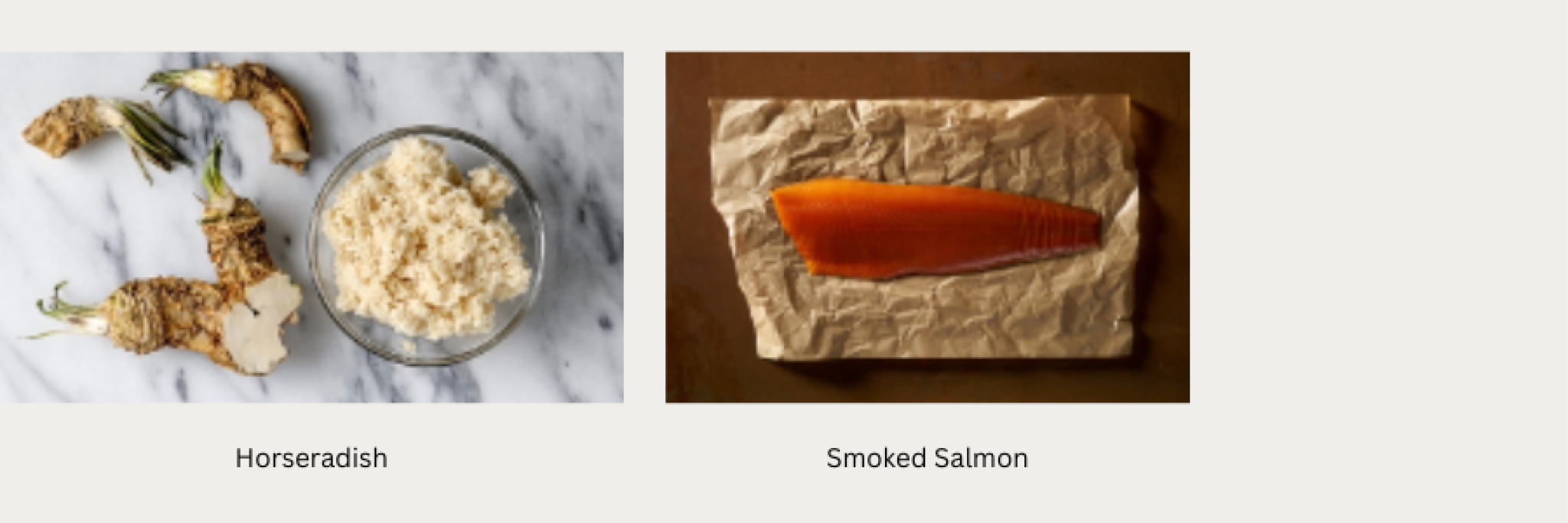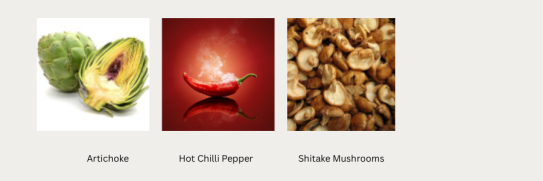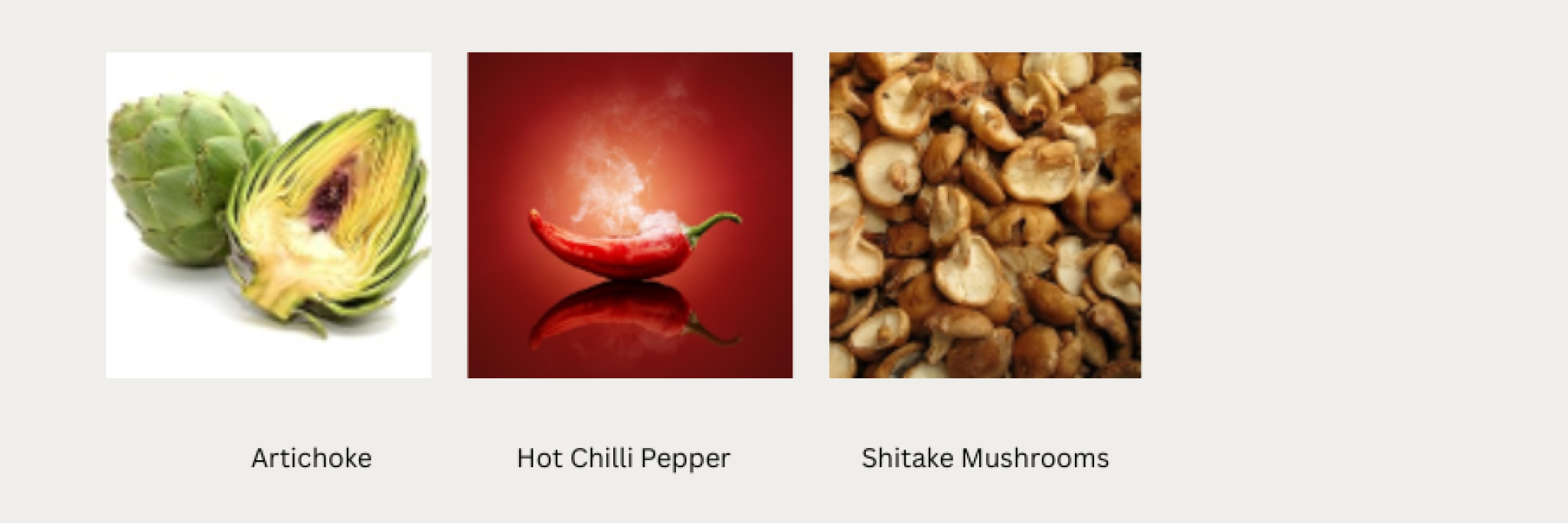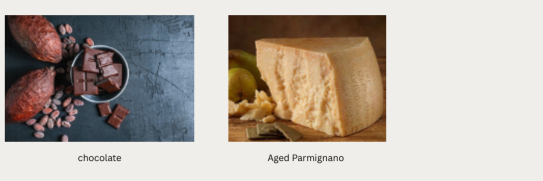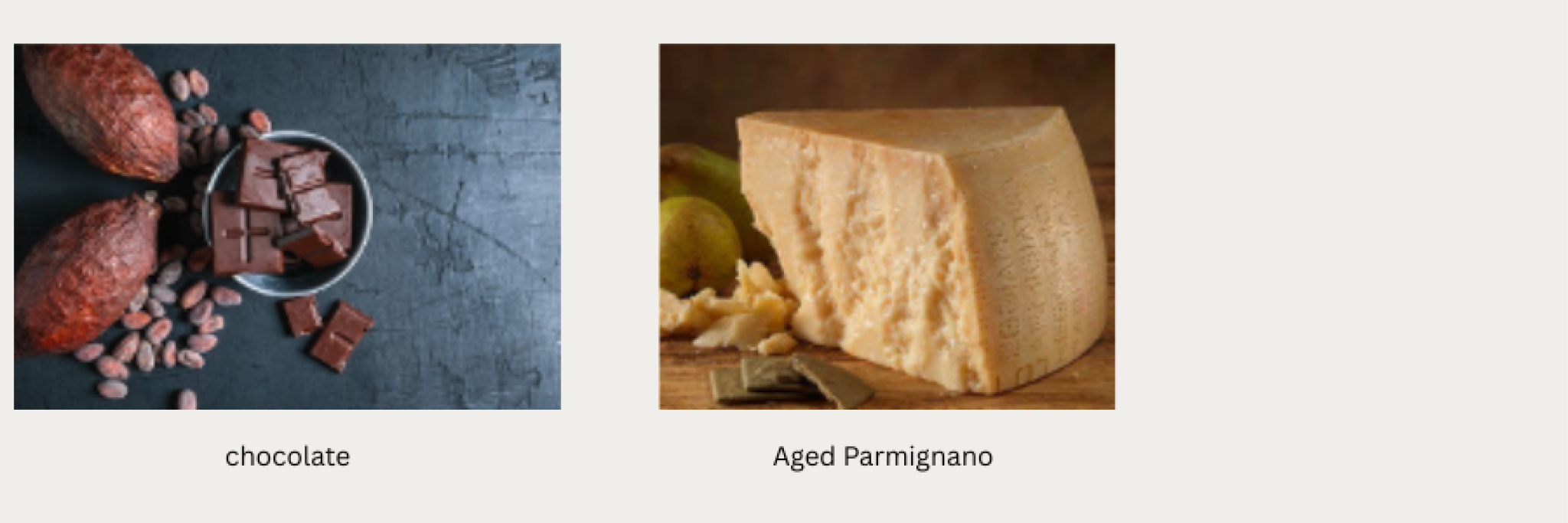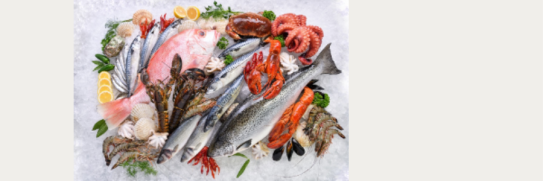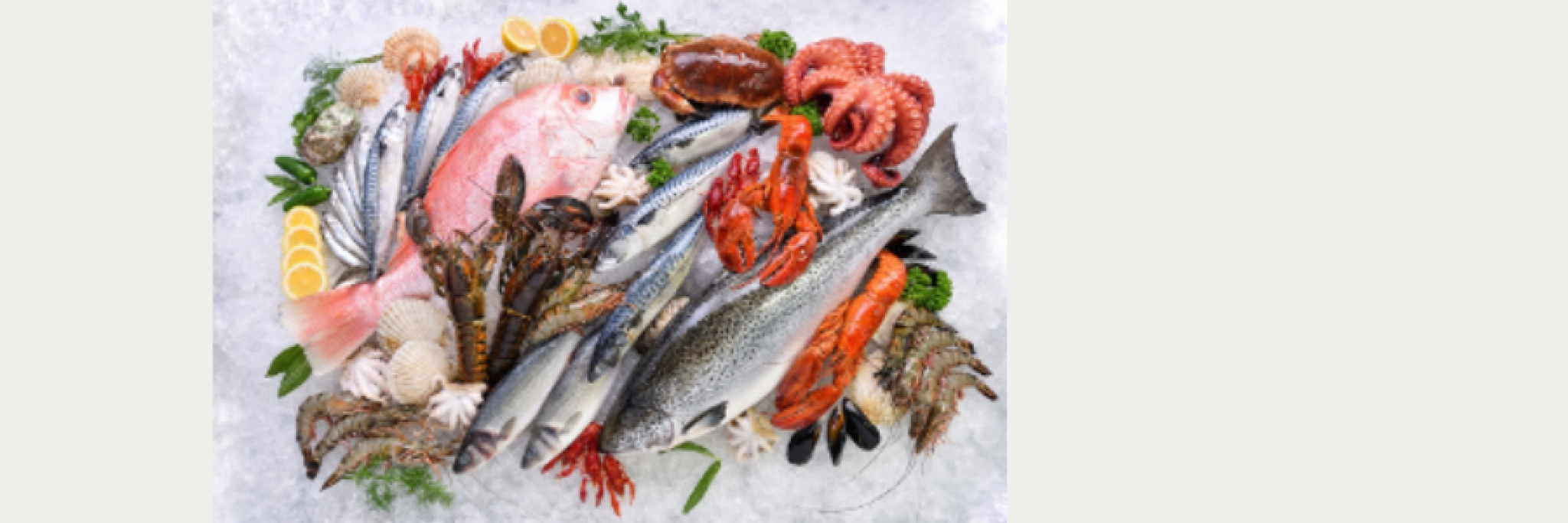Enjoying a glass of wine with food has been part of civilised living for centuries, and there is no doubt that if you enjoy wine then it really does compliment the whole experience when having a meal. But for some people and establishments the attention to detail they give by wine matching, by dish, can be very exact – may even an art form. But is this necessary and is this what diners and drinkers want or expect from their pub and restaurant?
Increasing numbers of outlets are employing linked food and wine suggestions either via what might be called a formal “tasting menu” (where you enjoy a set menu with paired glasses for each course), blackboard offerings, or by word of mouth, as well as the main wine list itself with descriptors and steers. This is to be applauded – not least because they know exactly how their dishes have been cooked and which wine may work best with them – or, as importantly, avoid a wine which clashes badly with the flavours in the dish. And for people looking to have the hassle taken out of buying a bottle of wine this is a useful service – and anyway people are still free to make their own choices in most cases.
So, let’s explore the dynamics, the practicality, and as well the important intentions behind this. And along the way I will recommend some Peter Graham Wine which do indeed work well with some classic and everyday favourite foods and dishes!
You might be interested in some general principles of matching different food items with wines. These are not an exact science but are generally helpful and reasonably accurate.
- Personal preferences matter most - drink what you like, or fancy, with whatever you are eating. This remains fundamental – no one should feel pressurised to choose a wine that fits someone else’s model
- In general, most wines work well with most foods and dishes with a few exceptions
- Maybe no surprise, the more intense and richer the food and dish, the richer and fuller bodied the wine you can match with it (and vice versa). Think of a simple plainly cooked/steamed piece of white fish versus the same fish pan fried and seared and served with a rich butter or hollandaise sauce – you may naturally want a richer, maybe oaked, wine with the latter and a crisp, clean, unoaked fruity wine with the former
- Dishes which contain good levels of either salt or acid tend to make wines taste – in general – richer, fruitier, and smoother – in effect flatter the wine
- Dishes which contain high levels of savouriness (chefs often refer to this as umami) can easily dominate a wine and make it taste thinner or less fruity – more about this aspect in a moment
- When it comes to sugar (ie desserts) they too can dominate the wine making it taste thinner. The recommendation here is quite straightforward – first, or course, serve a sweet wine with desserts and for puddings, cakes, desserts. In general, make sure the sweet wine is at least as sweet (ideally sweeter) as the pudding itself then the marriage is perfect
- Chilli heat can also be an issue – you can enjoy wine with “hot” food, but it requires some thought – frankly if the dish is very hot, I think any wine will struggle and maybe beer, or a long drink, is then your best option
The Umami Factor
First defined by the Japanese (hence the term) in the early 20th Century this refers to the human taste sensation of “savouriness”. Foods which are particularly savoury contain higher levels of Glutamic Acid and Inosinate which create a mouth coating and sensory sensation. Examples of foods with high levels include smoked and oily fish, cure hams, cheeses, mushrooms, soy sauce, and marmite! Whilst bold in flavour the result can mean that they challenge and possibly overwhelm a wine. In which case – and maybe no surprise – select a wine which is itself “savoury”. Grape varieties that can work well here include Chardonnay, Viognier, Gewurztraminer, Shiraz (Syrah), Grenache, and Tempranillo as examples. But this is a good example where menu matching and advice and help in selection form your pub or restaurant for a savoury dish is maybe more important than with other courses.
Some delicious ingredients – but can be challenging for a wine …
Some “Go To” Winners and Seasonal Considerations
I thought I would look at standard menu food items and make some suggestions to consider Some of these matches are straightforward, but I would like to highlight a more unusual – maybe even off-piste example from the Peter Graham Wines portfolio which would work a treat. I will return to a few twists as well and how to match with more challenging foods.
Fish & Shellfish
White wine – and dry too - is the usual preference here and there is a good deal of flexibility too. Most shellfish work very well with a crisp, dry, unoaked, and high(er) acid wine – including sparkling wines, and I would strongly recommend English sparklers here (please don’t forget that option – the classic was Champagne and oysters!). This also applies to white and flat fish too.
Classic French options include Muscadet, Chablis, Picpoul de Pinet, Italian Whites such as Gavi, Verdiccio, Soave, a good Pinot Grigio; from Spain an Albariño; in the New World a New Zealand or Chilean Sauvignon Blanc
As mentioned earlier though if the fish is either char grilled and/or served with a sauce (classically butter based). I would also apply this to oily or richer fishes such salmon, sea trout, sardines then I would look at a dry white wine but with more body and texture (even some oak). Examples from France include oaked White Burgundy, White Rhône; from the New World any good barrel fermented Chardonnay; from Spain a White Rioja; also, the South African speciality Chenin Blanc and the richer, later harvested and oaked versions
Can you have red wine with fish?
Of course, again subject to the fish itself and how it has been cooked but my one caveat would be avoiding more tannic grape varieties and wines such as Cabernet Sauvignon, Syrah (Shiraz) and many Italian reds. However, lighter, less tannic grapes and wines do work – classically Pinot Noir and lighter reds like Beaujolais for example. Some Austrian light reds also work well.
And don’t forget rosé wine with fish – especially with oily fishes – which leads me on nicely to my PGW choice the excellent Norfolk Sparkling Rosé from Flint Vineyards. Apart from being downright delicious this is spot on for any Salmon or Sea Trout dish including smoked salmon – also try with any shellfish – Cromer Crab would be a good example – as well many vegetarian dishes
https://petergrahamwines.com/p/21-charmat-rose-flint-vineyard
Vegetarian
I often think when you look at vegetarian dishes you can approach wine matching along similar lines to that with fish. Many of these food items and dishes are on the lighter side and respond well with lighter bodied wines (of any colour). I think this is a particularly good section to consider rosé wines as they are highly versatile and enjoyable. Good examples include any Rhône and Southern French examples, not least Provence, as well as the Loire Valley and the riper New World examples for richer food dishes.
A key element is the level of acidity in the meal – for example are tomatoes or fruit included in the recipe. For higher acid vegetarian meals, I would lean towards dry, higher acid, low tannin, and low or unoaked wines. The list of suggestions in the fish section double up well here – and I think Pinot Noir makes an excellent choice as a go to red. Pinot Noir is also a delight with a mushroom risotto for example.
If you enjoy bigger, richer, maybe oaky reds then these are an option with vegetables and dishes which have been char grilled (classically BBQ) and are generally richer in flavour and with their own texture such as aubergine, carrots, leeks, beetroot. I think Rhône Valley reds and classic Australian Shiraz work well.
Richer, maybe oaky whites work well with pasta dishes – even with tomato in the sauce and certainly if cheese, yogurt, or cream is involved too.
My off-piste PGW choice in this section goes to Allan Scott’s Marlborough Pinot Gris. We are familiar with New Zealand and Marlborough (and Sauvignon Blanc), but this is made in the Alsace and more textural style (rather than the crisp and clean Italian Pinot Grigio version). This is later harvested and fermented into a richer and much more food friendly wine which can work well with many vegetarian dishes and has a nice touch of spice too to its orchard fruit flavours.
https://petergrahamwines.com/p/pinot-gris-allan-scott-estate
Meat
Here, quite clearly, fuller bodied wines – both white and reds can be considered. As ever, the more “robustly” the ingredients have been cooked the stronger the wine to match. In general - and maybe just common sense - whiter meats like pork (including sausages) and chicken (as well in season lighter games such as Guinea Fowl, work well with most medium to fuller bodied whites including those which are oaked. Equally though, lighter reds – such as Pinot Noir, Austrian reds such as Zweigelt, Valpolicella - and richer rosés (such as New World examples and from Southern Italy) also work well with these ingredients.
For red meats you can increase the density, texture, tannin, and acid levels in the wines which will counterbalance the richness of the ingredients especially if they have been chargrilled, BBQ’d. This is a good example of where a wine which you would not drink on its own or as an aperitif and enjoy works very well when married with food. Quite clearly this is territory for red wines, and they can be robust too of course as the weight of the food and the intensity of cooking it increases. This applies especially to beef, and richer game such as venison and hare. Clearly wines made from Cabernet Sauvignon, Shiraz, and robust Italian reds such as Barolo, Barbaresco and Chianti all work well too.
For relatively lighter red meats such as lamb, and game such as duck, partridge, and pheasant the spectrum is broader and that can include wines made from Pinot Noir – in fact these grape woks especially well with duck and lamb for example, as does Rioja. Merlot based wines are also worth considering and they often strike a “happy medium”.
I’m going for a crowd pleasing, and famous region Châteauneuf-du-Pape as I think it hits all the buttons for most red meat dishes and can also be considered to go with pork and chicken – especially of chargrilled. This wine from the Domaine Chante-Cigale has a wonderful mix of rich red fruits, spices, and dried herbal notes. It is savoury and although full bodied the tannins are smooth and rounded. You can also serve cooled down (30 minutes in the fridge) if outside on a warm day with the BBQ!
https://petergrahamwines.com/p/19-chateau-du-pape-chante-cigale-red
Curry & Spicy Dishes
As mentioned earlier wine can work with spicy and hot dishes if the spice level is not too high in which case all wines will struggle. There are some things worth noting about these types of dishes.
In general, the higher the spice level the more alcoholic (or “warmer”) the wine will feel in your mouth. In addition, spice can make a dry wine feel even more tannic – so these two aspects are worth thinking about when choosing. In general look for bigger (textural) white and red wines but not too high in alcohol or tannins. What also works with white wines (eg for a chicken/fish/ vegetarian curry) is if they have exotic or tropical fruit character – this works well for example with Thai foods. Examples include wines from Riesling, Sauvignon Blanc, and Viognier.
With red meat and robust vegetarian dishes when it comes to red wine several varieties can work well – especially New World Shiraz and Merlot. In fact, in general, New World reds tend to work that little bit better than Old World examples when it comes to menu matching with spicy foods.
But I am going to highlight something for fish, vegetarian, and lighter meat dishes (eg chicken) especially for Indian and Thai cooking. And it’s Riesling! Please do give this a chance even if this grape would not be your first choice. With Asian cooking this works wonderfully well and have gone for a new wave dry German style which are perfect. From the Prum Mosel dynasty it highly aromatic and bursting with bold citrus fruit flavours a touch of spice itself mouthwatering acidity.
https://petergrahamwines.com/p/20-riesling-trocken-solitar-prum
Cheese
Matching wine with cheese can be difficult which may seem strange when we all think of Port as being an immediate and easy partner. And of course it is, especially with richer, hard mature, and blue cheeses (less so with goat’s cheese). However, Port is very full-bodied wine and tends to work better in winter months with cheese although I would heartly recommend it I would adapt in the warmer weather and recommend Aged Tawny Port such as a 10 year old. These ports have been aged extensively in cask for at least 10 years, and the tannins have softened, and the flavours have become much more savoury – and this is a port you can chill and enjoy cold with cheese in summer months.
Many people think of red wine with cheese, but I think but I feel that if the red is too acidic and above all too tannic this can conflict with the cheese. By contrast with mature and hard white cheese you can think about enjoying a dry, full bodied white wine.
And in recent times there has been a trend (which I think works too) to serve a dry Sauvignon Blanc (such as from The Loire Valley of New Zealand) to marry with goat’s cheese especially if the cheese is young and soft.
In the ned I have plumped for a good all round and unusual style – a red from the Roussillon in the south of France right near the Spanish border – Banyuls form M Chapoutier. Sweet and lightly fortified and made from the Grencahe grape it works well with almost all cheeses and is also highly adaptable as it works to with chocolate dishes – a notoriously difficult ingredient!
https://petergrahamwines.com/p/15-banyuls-vin-doux-naturel-selection
Desserts
Talking of which – puddings. As mentioned earlier the main rules here are quite simple – obviously drink a sweet wine with a dessert (no brainer) but always ensure that the wine is at least as sweet as the dessert or it will taste thin and fruitless.
In general, there are three main types of styles of dessert wine which logically marry well with commensurately styled puddings – in summary:
- Late harvested and or frozen grape harvest where the emphasis is on exuberant fruitiness, purity, married with balancing acidity and freshness. Classically work well with fruit-based puddings and especially those which are citrus or berry in nature
- Desiccated and shrivelled grape origin – including those from noble rotted grapes – here they work well with desserts which involve caramelised sugar (tarte tatin), cream, and pastry
- Fortified and cask aged (oxidative) style these are the fullest bodied and work well with richer puddings which include dried fruits, nuts, caramel, and chocolate
I have gone for something unusual but very good – an Italian specialty from Chianti in Tuscany which starts life from desiccated grapes (not thorough noble rot but air drying), is not fortified, but cask aged for an extended period to give a savoury, dried fruits, and toffee-like quality. Sweet, but not too sweet, this works well with many mainstream desserts
https://petergrahamwines.com/p/castello-di-querceto-vin-santo-del-chianti

